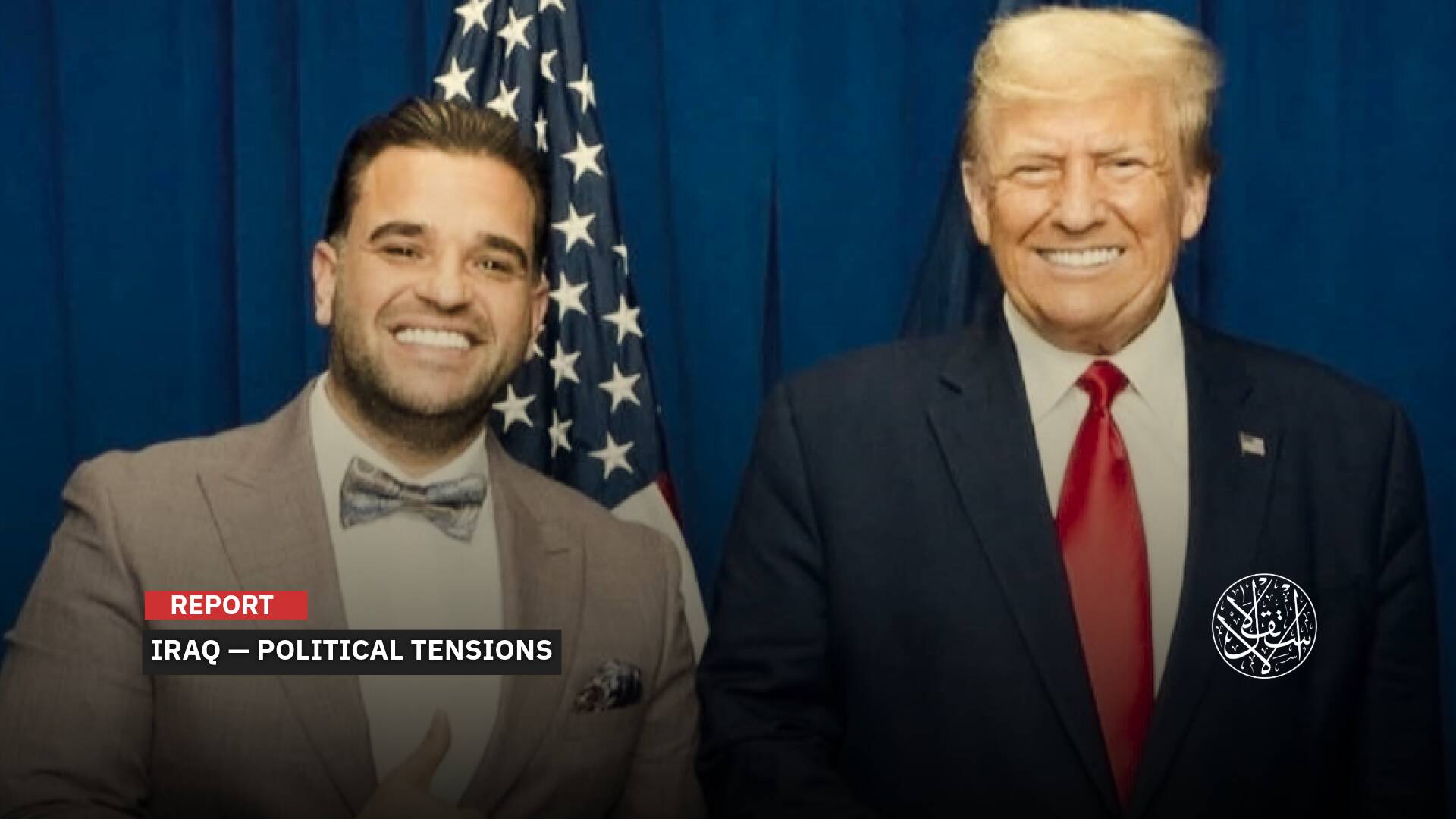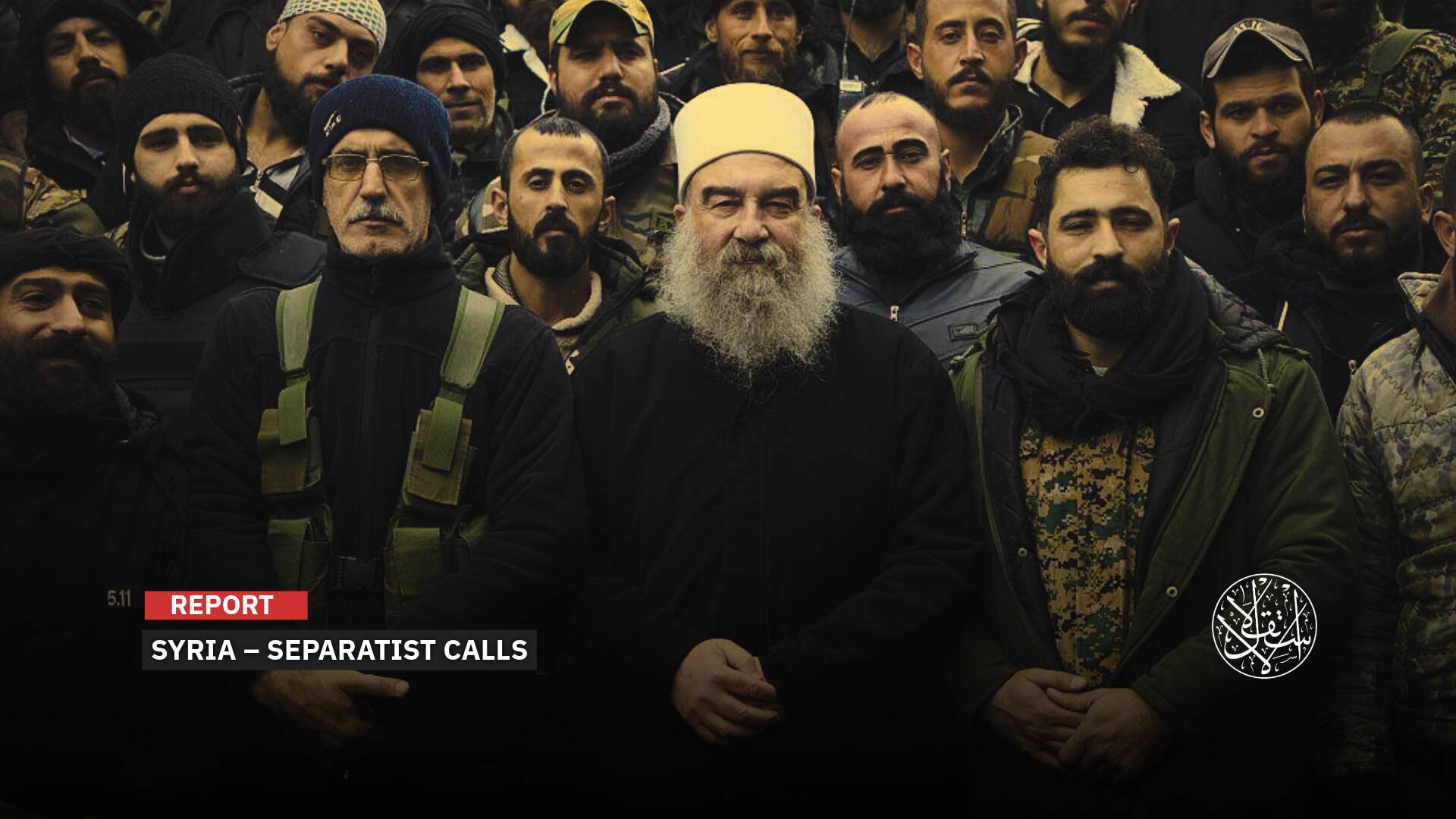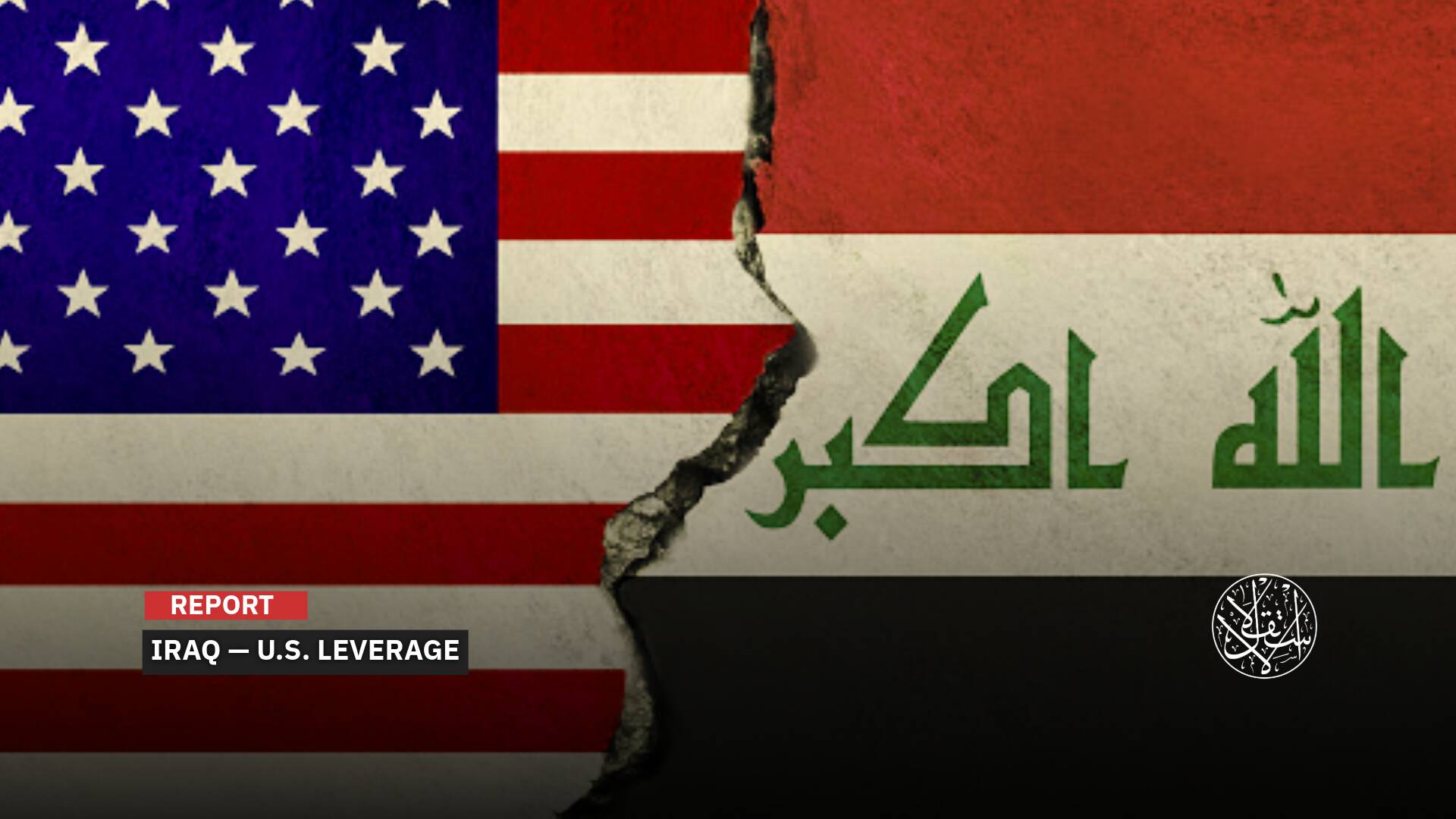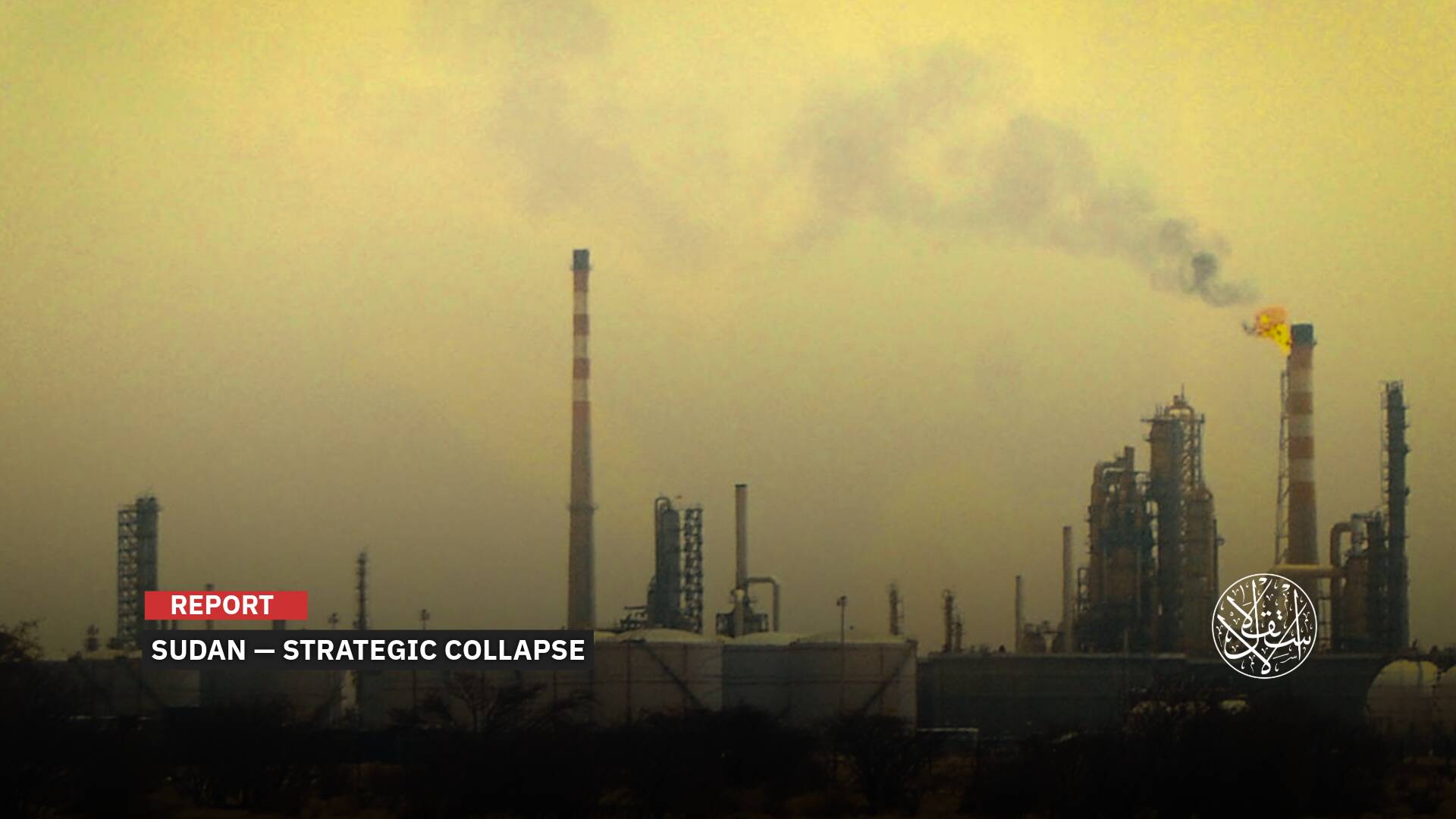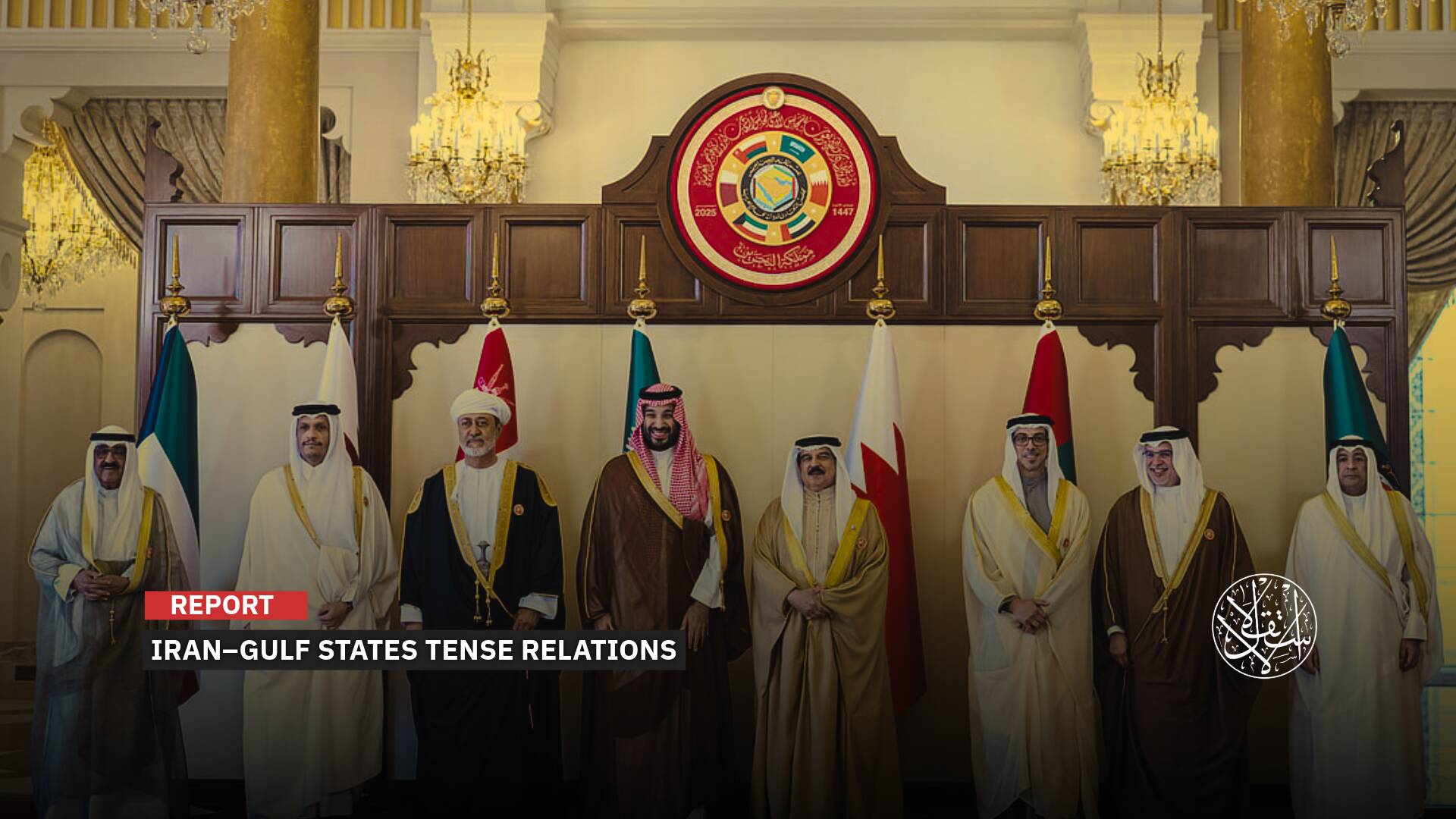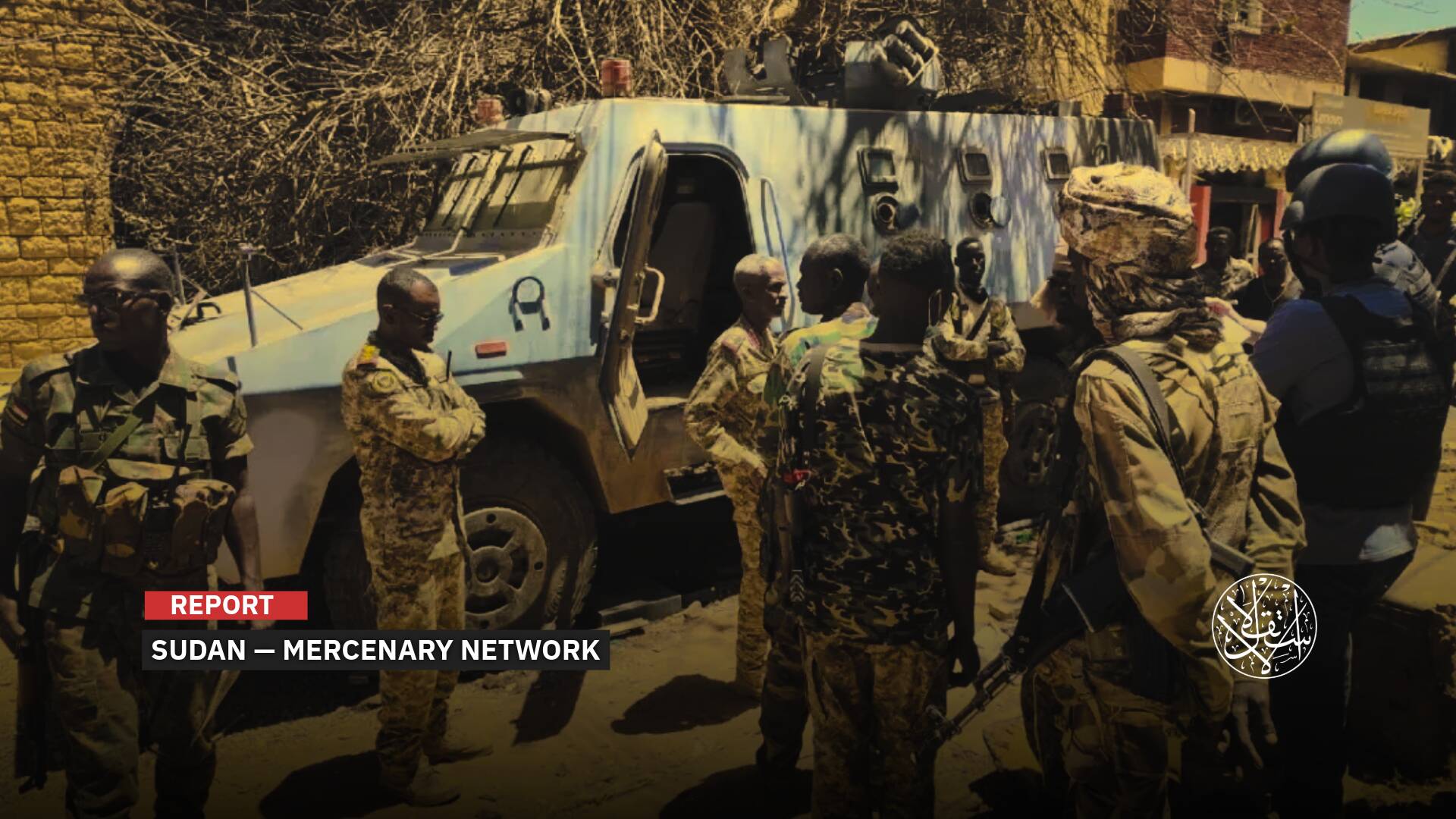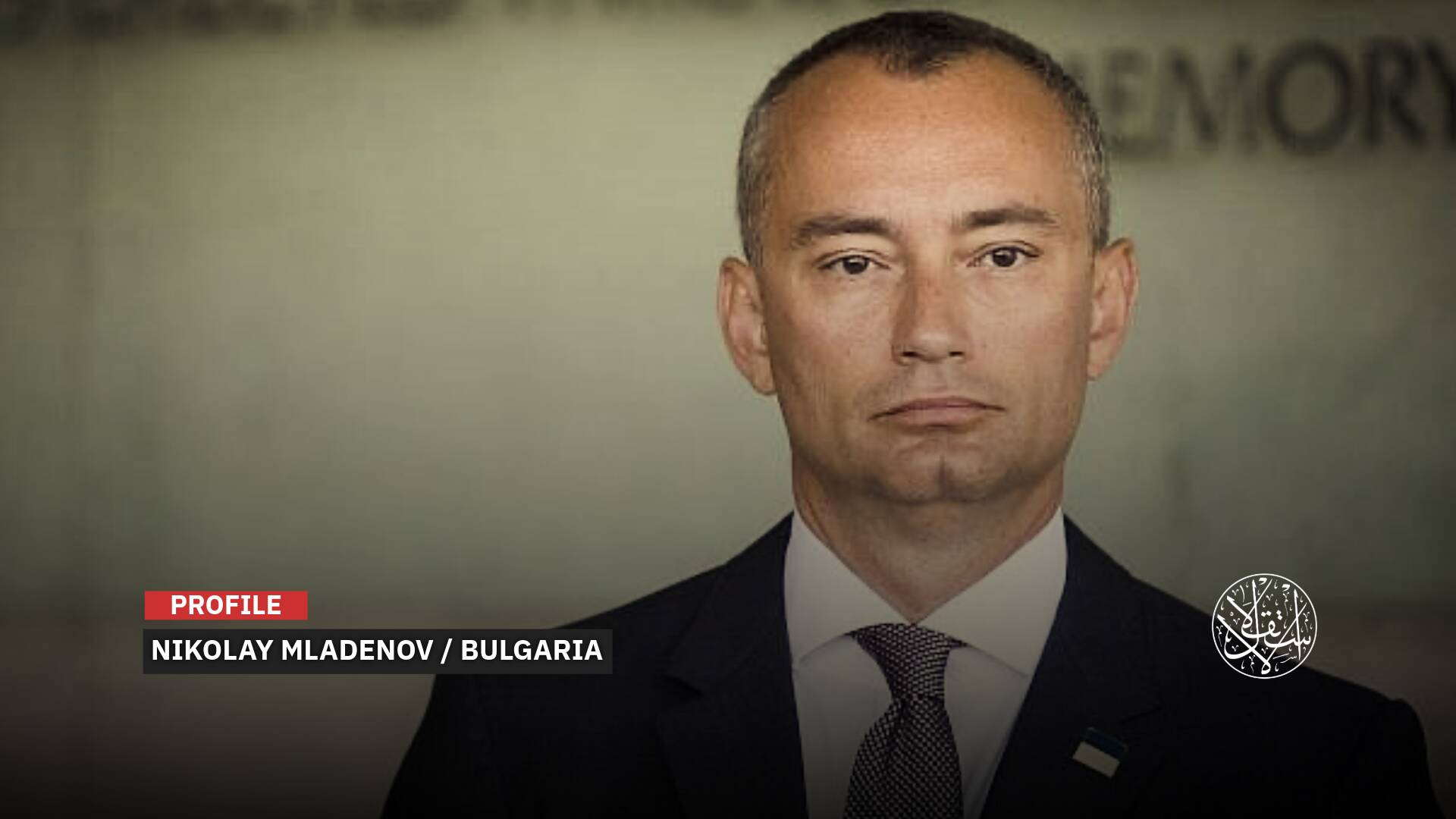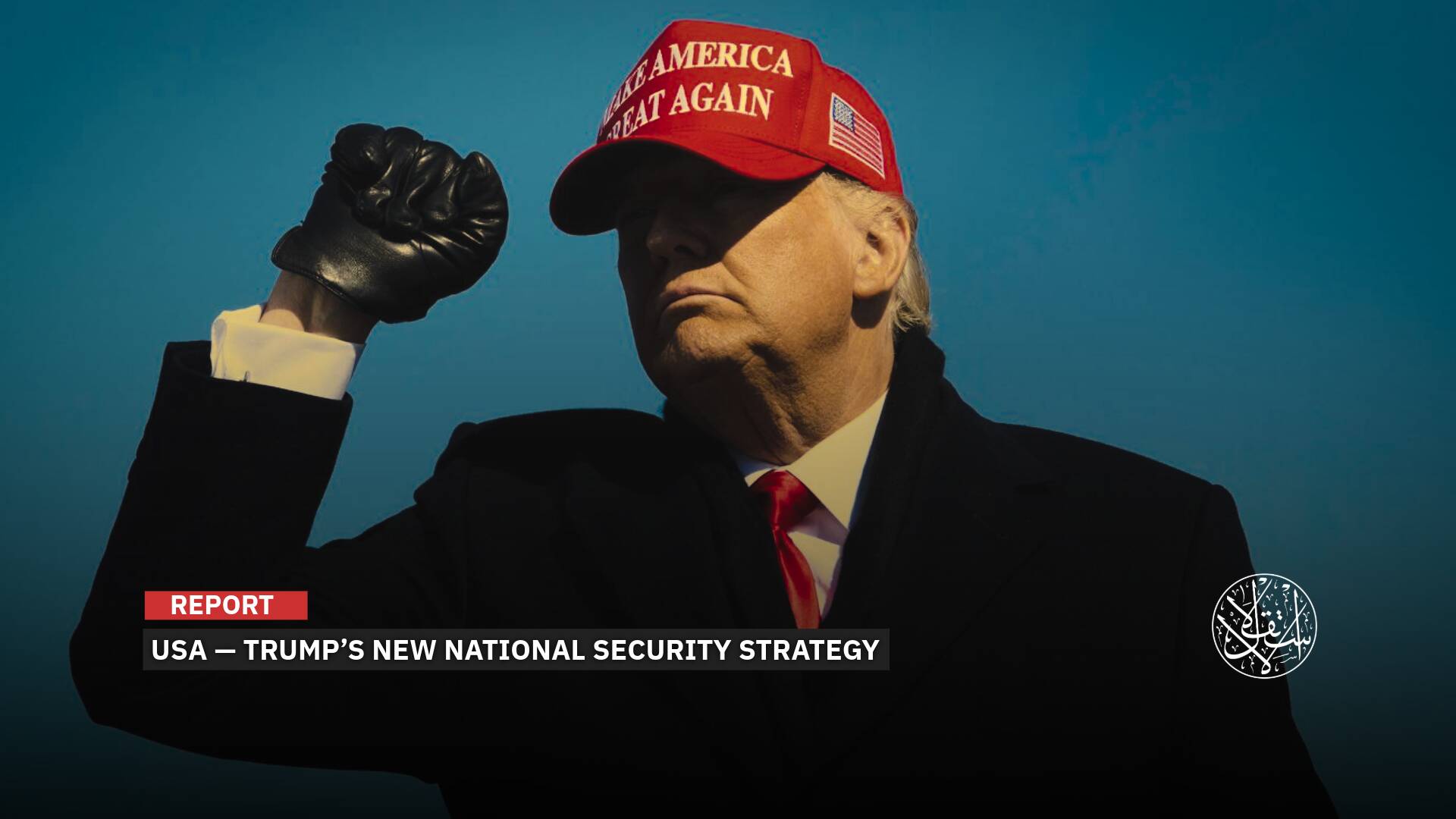Syria’s Shia After Assad: Keeping Ties with Iran or Embracing the New Government?

Iran had previously succeeded in bringing Syria’s Shia under its influence.
Syria’s Shia community is seeking to preserve positive relations with the new state leadership following the fall of Bashar al-Assad’s regime, after years of drawing closer to Iran both religiously and militarily. After the Syrian uprising broke out in 2011 and Iran, along with Lebanon’s Hezbollah, intervened militarily, prominent Syrian Shia figures—supported by Tehran—played a key role in promoting Shia doctrine across the country.
Protecting the Shia Community
Iran’s role was not limited to religious influence. It also succeeded in forming local Shia militias to support Assad’s forces in their battles against the opposition at the time.
With Assad gone, Syria’s Shia community is rethinking its ties to Iran—distancing itself from efforts to use them as pawns in operations aimed at undermining the country’s new security establishment.
The Syrian presidency announced that President Ahmed al-Sharaa received a delegation of Shia elders and community leaders on March 28, 2025.
Government sources reported that the meeting lasted over two hours, during which issues concerning the Shia sect and its future in Syria were discussed. The delegation presented its vision for the upcoming phase and shared its concerns about the challenges facing Shia in the country.
President al-Sharaa affirmed the Shia community’s right to freely practice its religious rituals—so long as they do not offend other segments of the population—as well as its right to manage all revenues and funds generated by the holy shrines.

He also highlighted the “sacred status” of the Sayyida Zaynab shrine in the eyes of the Syrian presidency, noting his own deep connection to the site since childhood and vowing to visit it soon. He stressed that the management of Shiite shrines has been left in the hands of the community itself.
Syria is home to several sacred Shia sites, most notably the shrine of Sayyida Zaynab, daughter of Caliph Ali ibn Abi Talib, located south of Damascus.
When Iran intervened militarily in Syria in 2012 to support Assad’s crackdown on the uprising that erupted on March 18, 2011, it used the slogan “Zaynab will not be taken captive twice.” The phrase became a rallying cry for tens of thousands of Shia fighters from Lebanon, Iraq, Iran, Pakistan, and Afghanistan who traveled to Syria to “defend” the shrine.
There is also the shrine of Sayyida Ruqayya in Damascus’s Amara district, just a hundred meters from the Grand Umayyad Mosque. Other notable sites include the shrine of Sayyida Sukayna, the Bab al-Saghir cemetery in Damascus, the Mashhad of Hussein in Aleppo, and the shrine of Ali in Deir ez-Zor.
According to Sheikh Adham al-Khatib, representative of Shia religious authorities in Syria, the meeting with President al-Sharaa was “positive.” He said the president made promises to resolve all issues of concern to the Shia community and even set up a direct communication line with senior state officials to address any future problems swiftly.
In a statement, Sheikh al-Khatib revealed that the meeting took place “despite numerous efforts to block it, silence the Shia voice, and prevent it from reaching the transitional leadership, with others attempting to nominate figures unpopular among Shia constituents to meet with the government.”
Al-Khatib quoted President al-Sharaa as stressing the need for the Shia to integrate into their surrounding villages and towns, to “let go of the past” and open a new chapter with neighbors from other sects. Al-Sharaa also promised to ensure that qualified Shia figures are represented in upcoming governments.
The delegation raised the issue of returning displaced Shia families to their hometowns in Kafarya, al-Fu’ah, Busra, and the countryside of Homs.
Sheikh al-Khatib said the government praised the Shia community for maintaining calm and keeping their areas free of security incidents. He urged continued cooperation with security forces, including turning in fugitives and refusing to harbor them.
Iranian Support
Sunni Islam has historically formed the religious majority in Syria, reflecting the identity of a country of 24 million people.
Statistical reports estimate that as of 2011, Syria’s Shia population ranged between 200,000 and 300,000, excluding the Alawite sect.
The ousted Assad regime officially recognized the Shia sects in 2011 as legitimate religious authorities, later including them in the Fatwa Council—until it was dissolved in 2022.
This recognition encouraged Syrian Shia to form armed factions in support of Assad’s forces, especially in areas like Homs and the towns of Nubl and el-Zahraa in Aleppo’s countryside, which became strongholds of Iranian influence for years. Tehran armed local fighters, paid salaries, and deployed foreign Shia militias and IRGC personnel to their villages.
Syrian Shia clerics also played a key role in supporting Assad’s military machine before his downfall. Among them was cleric Muhammad Ali al-Mouski, once a candidate to lead Syria’s Shia community, who toured Homs and Tartous to eulogize fallen Shia fighters killed in battles against the revolution.

Al-Mouski established the Supreme Jaafari Council in Syria in 2012—one year after the revolution against the former Assad regime began. The council was formed with Iranian support and based in the Sayyida Zaynab neighborhood of Damascus, which has operated as an Iranian enclave, completely detached from the rest of the Syrian capital, since 2012 until Assad's fall.
Al-Mouski is known for his close ties to Iran, often echoing official Iranian political stances in his speeches. He regularly attacks the same figures and countries targeted by Tehran. Iranian media outlets continuously promote him, and he appears frequently on Arabic-language Iranian television networks.
According to experts, one of Damascus’s current goals is to realign the discourse of Syrian Shiite figures with Syrian national interests in order to curb Iranian influence and prevent further interference, as was the case in the past.
This effort comes after Iran reportedly encouraged remnants of the former Assad regime—mainly from the Alawite sect—to rebel against the new Syrian state, with two attempts foiled by Damascus on December 25, 2024, and again on March 6, 2025.
Against this backdrop, a delegation of 17 Syrian Shiite figures representing various segments of the sect visited President Ahmed al-Sharaa. According to a Shiite source close to the delegation who spoke to al-Janoubyia, the goal of the visit was to help stabilize the situation on the ground.
Dr. Bashir Baalbaki, who lives near the Sayyida Zaynab shrine, told the same source that conditions in Shiite-populated areas—Sayyida Zaynab and al-Amin neighborhoods in Damascus, Nubl and el-Zahraa in the north, and Busra al-Sham in the south—are steadily improving.
He noted that some of those who fled after the fall of the Assad regime are now returning home, and that most incidents are isolated and being addressed by the authorities. While Syrian state security guards are stationed at the Sayyida Zaynab shrine, they do not manage the site, which continues to receive Shiite pilgrims from Syria and abroad.
Baalbaki also mentioned that Syrian security forces coordinate in advance with shrine officials before conducting house raids targeting suspected collaborators with Hezbollah or Iranian entities.
‘A Fatal Connection’
Sheikh Adham al-Khatib, who led the Shiite delegation to meet al-Sharaa, currently manages Shiite affairs in Syria unofficially and liaises with Syrian authorities. He assumed this role after prominent Damascus-based Shiite cleric Abdullah Nizam fled to Lebanon following Assad’s fall.
Nizam was one of Iran’s top representatives in Syria and played a public role in promoting Shiism. Prior to 2011, he served as the representative of Iran’s Supreme Leader Ali Khamenei in Damascus.
According to Baalbaki, Syrian security forces have confiscated properties—including homes and centers—that were registered under Iranian organizations. “Syrian Shiites today understand that any ties to Hezbollah or the Iranians come at a deadly cost. Those who remain in Syria know that the previous era is over, and there’s no going back,” he added.

“Therefore, the Shiites in Syria are striving to align their situation with the existing new authority. They are working to improve their relationships with their social surroundings and with the current government, rejecting any actions or positions that oppose it.”
Since the fall of Assad, several Syrian Shiite clerics have issued statements to reassure the new administration, calling for the rejection of sectarian conflict.
“Any statement, declaration, or political or media stance, whether issued by internal or external entities, now or in the future, that contradicts our national interest, incites hatred, or harms our country and people, we are not concerned with and we condemn and denounce it,” said the statement from the Shiites of Ahl al-Bayt in Syria.
Released on December 26, 2024, it added, “We reject any calls for civil war, bloodshed, or infighting among the Syrian people under any pretext.”
Sources
- President al-Sharaa meets with Shiite dignitaries and notables in Syria: What did the meeting cover? [Arabic]
- Shiites in Syria during Eid: Improved conditions mixed with fear, and increased coordination with authorities. [Arabic]
- Shiites in Syria: We reject any call for fighting! [Arabic]
- Nicknamed “Ayatollah” — What Is Iran Hiding Behind This Damascus Cleric? [Arabic]


